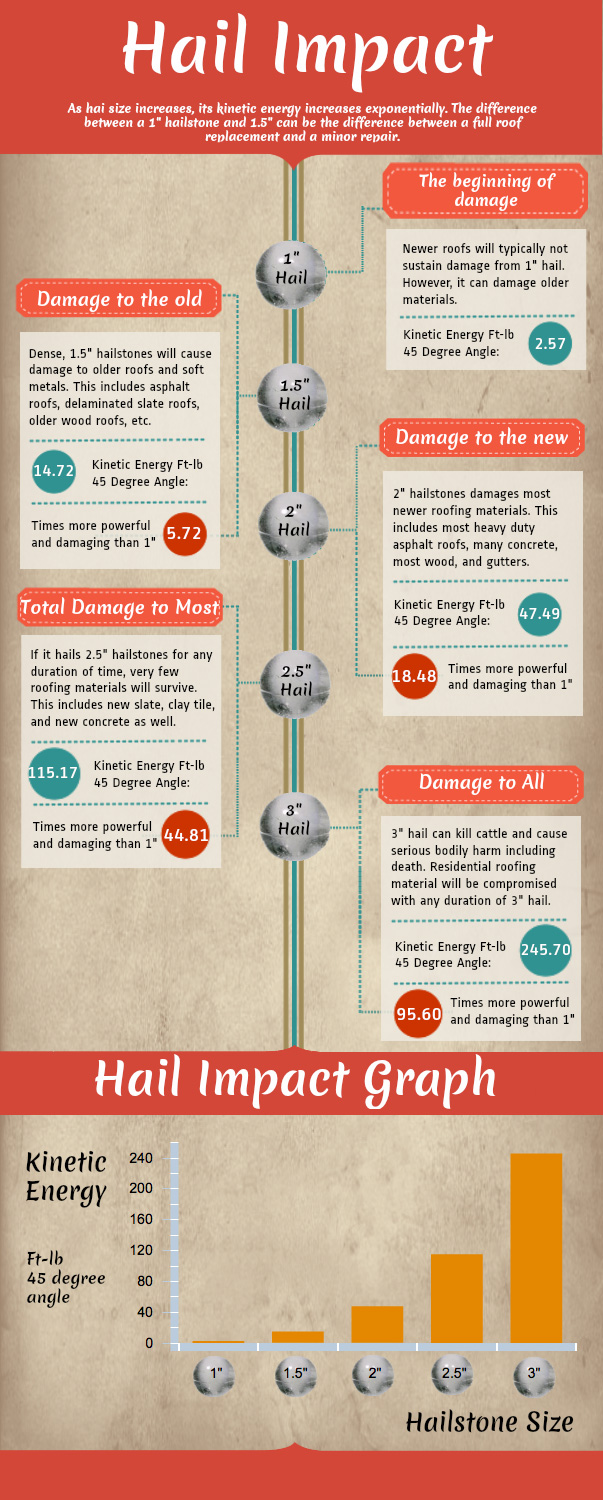A Contrast Of Solar Panel Types: Finding The Best Fit For Your Residential Needs
A Contrast Of Solar Panel Types: Finding The Best Fit For Your Residential Needs
Blog Article
check this link right here now Created By-Albrektsen Walker
When it comes to picking the ideal photovoltaic panels for your home, the choices can be overwhelming. Each type uses distinct advantages and trade-offs, making it essential to establish which elements align finest with your goals. Whether your focus is on efficiency, cost-effectiveness, or looks, there's a solar panel type that can satisfy your demands. So, before you choose, consider the crucial elements that will certainly affect your solar power system's performance and viability for your home.
Monocrystalline Solar Panels
When taking into consideration photovoltaic panels, you might come across monocrystalline solar panels. These panels are known for their high effectiveness prices due to their building and construction from a solitary continuous crystal framework. This layout allows monocrystalline panels to do better in low light problems contrasted to other sorts of photovoltaic panels. In addition, their streamlined black appearance makes them a preferred option for property installments, assimilating effortlessly with many roofs.
One key benefit of monocrystalline photovoltaic panels is their area efficiency. They require less space to generate the exact same quantity of power as other photovoltaic panel types, making them suitable for homes with limited roofing space.
While monocrystalline panels have a tendency to be extra pricey ahead of time, their long-lasting durability and effectiveness typically make them a cost-effective investment in the realm of solar power. If you prioritize effectiveness and visual appeals in your photovoltaic panel choice, monocrystalline panels could be the appropriate selection for your home.
Polycrystalline Solar Panels
Polycrystalline solar panels, likewise referred to as multicrystalline photovoltaic panels, provide an alternate option to monocrystalline panels. These panels are made from silicon crystals that are melted together, producing a much less consistent appearance contrasted to monocrystalline panels.
One of the essential benefits of polycrystalline panels is their reduced production cost, making them an extra budget-friendly option for property owners seeking to invest in solar energy.
While polycrystalline panels may have a somewhat lower effectiveness price contrasted to monocrystalline panels, they still supply a dependable and cost-effective means to produce solar power for your home. https://www.nature.com/articles/s41598-023-29938-6 perform well in high temperatures and are a sturdy choice for a range of climates.
If you have a bigger roof covering room and are seeking to maximize your energy production without breaking the bank, polycrystalline panels could be the right selection for you.
When considering solar panel choices for your home, it's essential to evaluate the cost-effectiveness and efficiency of polycrystalline panels against your power needs and spending plan restraints.
Thin-Film Solar Panels
Proceeding to Thin-Film Solar Panels, these panels offer a special choice to standard silicon-based options like polycrystalline panels. Thin- https://solar-distributors43108.blogdal.com/29717794/discover-techniques-to-maximize-your-solar-energy-capabilities are lightweight and flexible, making them simpler to set up on various surfaces like rounded rooftops or walls. They're likewise a lot more visually pleasing, blending in effortlessly with the architecture of your home.
Nevertheless, it's essential to keep in mind that thin-film panels usually have lower performance rates compared to crystalline silicon panels. This means you might require more room to produce the same quantity of electrical power.
On the silver lining, thin-film panels perform better in low-light problems and have a lower temperature coefficient, suggesting they can produce more power on hot days. If you have sufficient room and are trying to find a versatile and visually attractive photovoltaic panel choice, thin-film panels could be a wonderful selection for your home.
Final thought
In conclusion, when selecting the most effective solar panel type for your home, consider your power requires, spending plan, and space constraints. Monocrystalline panels give high effectiveness in minimal room, while polycrystalline panels offer a cost-efficient option with dependable efficiency. Thin-film panels offer adaptability and visual appeal yet may have reduced effectiveness rates. By evaluating these aspects, you can choose the solar panel type that best fits your particular demands.
